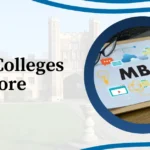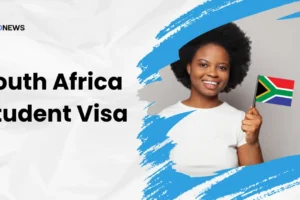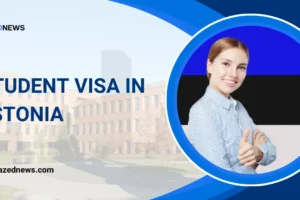Are you searching for detailed information for an Australia Student Visa? then you are on the right article. With a population of over 25 million, Australia is...
Are you looking for a Lithuania student visa? If yes then you are at the right place. If you are thinking about studying in Lithuania, you might need to apply...
Are you looking for an Iceland student visa? If yes then you are at the right place. If you are thinking about studying in Iceland, you will need to apply for...
Looking for Denmark Student Visa? then you have landed on right article. Danish universities have a reputation for being among the most innovative in the...
Are you looking for a Brazil student visa? If yes then you are at the right place. If you are an international student planning to study in Brazil, you will...
Are you looking for a Luxembourg student visa? If yes then please keep reading till the end. Luxembourg is a tiny European country known for its finance hub...
Are you looking for a Belgium student visa? If yes then you are at the right place. If you are from outside the EU and want to study in Belgium, you will need...
Looking for South Africa Student Visa? then you have landed on right article. South Africa is one of the most well-known travel destinations because of its...
Are you planning to get a student visa in Estonia? If yes, then you are at the right place. Of the three Baltic states, Estonia is the northernmost, bordering...
Are you looking for an Indonesia student visa? If yes then you are at the right place. If you want to study in Indonesia, you will need an Indonesia Student...



























